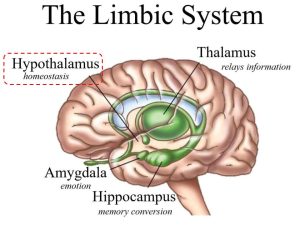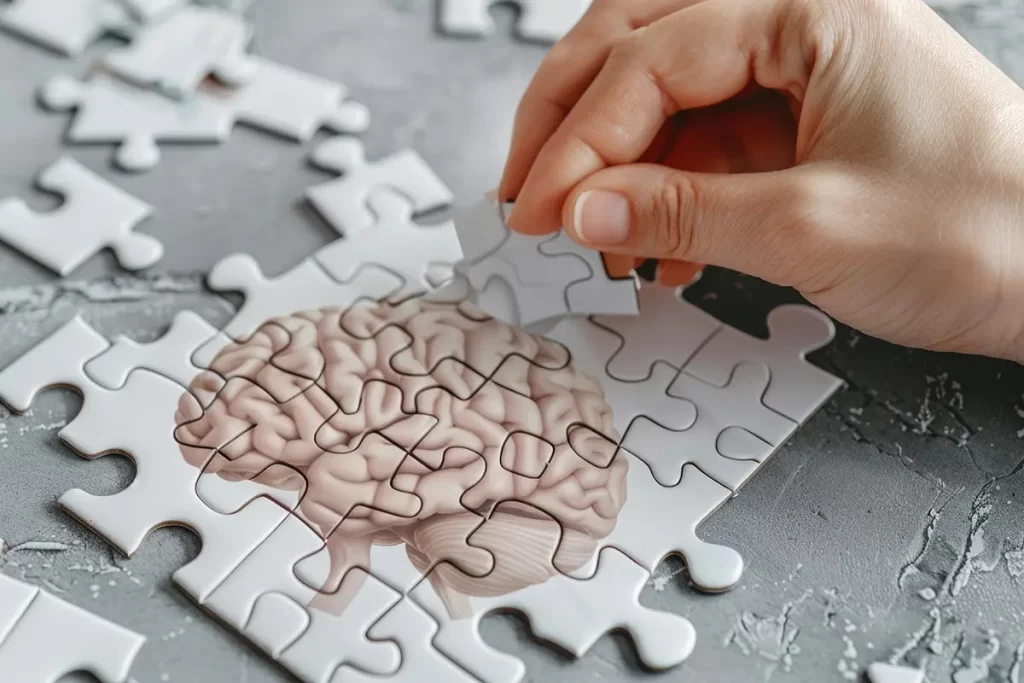Post Traumatic Stress Disorder (PTSD) is a well-known term, and usually the result of a single traumatic event or period.
Complex PTSD (cPTSD), also referred to as complex trauma, is caused by long-lasting trauma that continues or repeats over a protracted period of time (usually months or years). cPTSD is typically the result of childhood trauma.
Many people will seek support following a traumatic period, either through formal counselling services, informal support from friends and family, or a combination of both. This may assist the person to express their feelings surrounding the event and learn strategies to allow their bodies to return to a relaxed state. The traumatic event will always be a memory, but thoughts of the event no longer elicit an emotional response, or any physiological symptoms.
However, for some people, symptoms of hyper arousal and increased emotional reactions to reminders of the stressful event can persist long after the initial trauma, and can impact significantly on daily life. When this response continues over a long period of time, changes in the brain may also occur which make breaking the cycle of response even more difficult.
Why does PTSD develop
When exposed to a stressful event, the “fight or flight” response, also known as the acute stress response, is a normal reaction. These terms refer to the physiological reaction in the body that occurs when a person is confronted with a situation or threat that they find either mentally or physically terrifying (or extremely stressful). It is the body’s way of preparing to either tackle the stressor or run away from it.
When exposed to a significant stressor or trauma, the body’s sympathetic nervous system is activated by the sudden release of hormones including adrenocorticotropic hormone and corticotropin-releasing hormone. These hormones induce the sympathetic nervous system to activate the pituitary gland and adrenal glands which results in a release of cortisol, adrenaline, and noradrenaline. These hormones are fast acting on the body and result in an almost instant increase in blood pressure, breathing rate, and heart rate which is all designed to increase your alertness (so you can think clearly and react quickly), and assist you to fight or run from the perceived stressor.
Once the threat has passed, your body can remain in fight-or-flight mode for 20 to 60 minutes, during which time the parasympathetic nervous system returns to pre-arousal levels. However, for some people, this return to normal arousal levels does not occur.
The Fight or Flight response is meant to be a short-term reaction. So what happens when a person experiences this state over a long period of time?
Severe trauma, or trauma experienced over a long period of time can result in changes to the brain. When a person is not able to return to a relaxed state, changes begin to occur over time; primarily in the Amygdala, Hippocampus, Ventromedial Prefrontal Cortex and Nervous System.

Amygdala
The amygdala is a small part of the brain responsible for processing emotions, especially fear, and linking them with memories.
When we perceive a threat, or are exposed to a stressful situation, the thalamus sends information to the amygdala which triggers the sympathetic nervous system to start our fight-or-flight response. It also instructs the hippocampus to record memories of the frightening incident so that we can prevent similar dangers in the future.
People who have experienced severe or long-term trauma may have an over active amygdala.
Hippocampus
The hippocampus is a small structure located deep in the temporal lobe of the brain. The hippocampus has three primary functions: forming new memories, learning, and emotions.
The hippocampus plays a crucial role in forming, organising and storing new memories and also with connecting certain sensations and emotions to these memories. For example, a particular song or scent might trigger a strong memory of a past event. It is the hippocampus that plays a role in this connection, and also plays an important part in the recall of these emotional memories.
Research has indicated that a person who has experienced severe or long-term trauma may have a smaller and less active hippocampus. This can cause difficulties with problem solving and memory, and can make it difficult to distinguish past and present. This underactive hippocampus can result in the brain remaining in a constantly aroused state and result in strong emotional reactivity to situations; also known being in a state of hypervigilance.
Ventromedial Prefrontal Cortex
The ventromedial prefrontal cortex is a part of the prefrontal cortex in the brain, located in the frontal lobe (at the front of the brain) and is implicated in the processing of risk and fear. It also plays a role in the inhibition of emotional responses, and in the process of decision making.
The ventromedial prefrontal cortex connects with the areas of the brain which control emotional processing (amygdala) and memory formation (hippocampus) and with higher-order sensory processing areas. When working well, the Prefrontal Cortex is the rational, decision-making area of the brain which might assist you to learn new information that could help to control a fear response, and assist with logical thinking. However, research has shown that people exposed to significant or long-term trauma have a less active prefrontal cortex.
This underperforming prefrontal cortex, combined with an overactive amygdala, can result in someone having a much harder time overriding the “fight or flight” response as compared to someone who’s brain is functioning normally.
PTSD is essentially the brain remaining in this fight or flight mode all or most of the time, being unable to relax, and very quickly returning to full fight or flight state without the presence of an extreme stressor.
Nervous System
When someone’s nervous system is exposed to a constant state of heightened arousal over a period of time (due to an overactive amygdala; and an underactive hippocampus and ventromedial prefrontal cortex), it reduces the person’s reaction threshold. This means that they may begin to react to events or be triggered by stressors that are less severe or that other people may not react to; or the reaction to a stressor might be much greater than would seem reasonable for that situation. This is the result of nervous system dysregulation where the autonomic nervous system is no longer able to regulate itself, and in the case of PTDS and cPTSD, can manifest in a wide range of signs and symptoms including:
- Persistent feelings of anxiety or panic
- Difficulty falling or staying asleep
- Irritability and anger outbursts
- Hypervigilance and exaggerated startle response
- Difficulty concentrating or focusing
- Physical symptoms such as chronic pain, digestive issues, or headaches
- Emotional numbness or disconnection
- Flashbacks or intrusive memories of the traumatic event
- Avoidance of situations or stimuli associated with the trauma
- Difficulty regulating emotions
Support for PTSD and cPTSD
If you or someone you know is experiencing symptoms of psychological distress, support and resources are available through the following sites:
Complex Trauma WA
Resources | Complex Trauma WA Inc
Black Dog institute
Post-traumatic stress disorder help & support – Black Dog Institute | Better Mental Health
FearLess
About PTSD – FearLess
Beyond Blue
Get support – Beyond Blue – Beyond Blue




